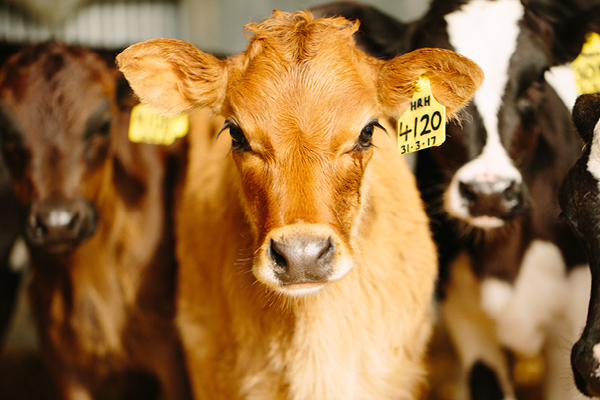Creep Feeding For Profitable Results
Livestock producers don’t need to be reminded that meat prices are excellent. The key driver of those prices continues to be that demand for red meat is outstripping supply. When a shortage of supply is driving prices, then the obvious thing to increase profitability is to increase the fertility and survivability of your herd or flock. Because we would like you to maximise the benefits of this years’ high prices, then we would like you to consider the advantages of creep feeding your young animals.
First what is “Creep Feeding”?
Creep Feeding refers to the practice of making additional food available to young animals while they are still nursing on mum in a way which gives the baby animals access to that additional food but not their mothers. There are several ways that you can achieve this goal, but they all involve some sort of physical barrier that prevents the mothers being able to eat the supplementary cow feed while giving the youngsters every opportunity. If you were looking for a commercial manufacturer of creep feeding devices, Advantage Feeders in Ballarat would be a good place to start.
Creep feeding can reduce stress on the mothers to provide 100% of the offspring’s nutrition.
The reasons why you might do this include
• Better and earlier rumen development in young stock. This leads to higher weaning weights. Higher weaning rates are an indicator for faster growth rates, earlier and increased fertility in replacements, and improved survivability in young animals.
• Allows for higher stocking rates with less risk, so there is more meat produced or live animals per hectare which is a major benchmark for increased income.
• Creep feeding also mitigates climate risk for early calving or lambing systems. Creep feeding allows access to green pastures when they are not quite ready for grazing.
• Creep feeding can reduce stress on the mothers to provide 100 % of the offspring’s nutrition. Mothers have less weight loss and return to fertility faster. This is especially relevant where twin or triplet lambs are involved but holds with all classes of animals.
• Young animals are being fed at a time when their feed conversion efficiency is at its’ maximum. Feed conversion efficiency declines with age and weight gain.

